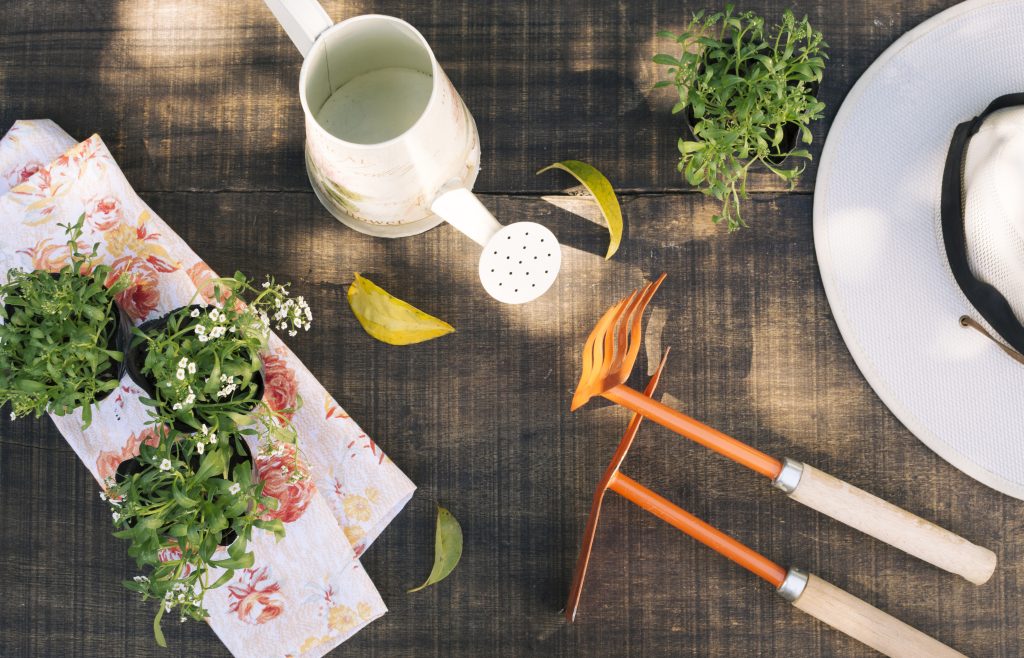In 2025, outdoor spaces are no longer just places for relaxation or functionality—they are canvases for creativity, ecological awareness, and self-expression. The focus of many homeowners and landscape designers has shifted toward 2025 garden trends for aesthetic appeal, which blend beauty with sustainability. From lush cottage gardens to modern vertical greenery, today’s garden designs reflect changing lifestyles and a stronger commitment to the environment.

Why 2025 Garden Trends for Aesthetic Appeal Are Important
Gardens are more than visual luxuries—they are ecosystems, social spaces, and sanctuaries. The most compelling 2025 trends show that aesthetic design and ecological responsibility are no longer at odds. By adopting these practices, homeowners create spaces that are visually inspiring, environmentally conscious, and emotionally fulfilling.
- Ecological value: Native plants and sustainable materials reduce resource use while supporting pollinators and biodiversity.
- Practical innovation: Vertical gardens and multifunctional elements maximize small spaces, particularly in dense urban areas.
- Emotional connection: Cottage-style and Mediterranean themes foster nostalgia, relaxation, and a sense of belonging.
- Cultural reflection: Materials, layouts, and planting choices increasingly reflect global influences, from Mediterranean simplicity to Grecian minimalism.
Trend #1: Cottage-Style Gardens with Wild Charm
One of the strongest 2025 garden trends for aesthetic appeal is the rise of cottage-style gardens. Characterized by dense plantings, informal layouts, and natural charm, these gardens offer both romance and sustainability. Unlike manicured lawns, they embrace imperfection—flowers spill over paths, textures mix freely, and edible plants are tucked alongside ornamentals.
What makes them relevant now is their ecological edge. Allowing plants to grow more naturally not only creates a visually rich environment but also provides habitats for bees, butterflies, and birds. They are especially appealing in suburban neighborhoods where homeowners want low-maintenance beauty with a lived-in feel.
Trend #2: Native Plants and Nativars
Native planting has become more than a gardening movement—it’s an environmental necessity. By prioritizing species that are naturally adapted to a region, gardeners reduce the need for irrigation, fertilizers, and pesticides. These plants thrive in local conditions and support indigenous insects and wildlife.
In 2025, a twist on this approach is the rise of nativars—cultivated varieties of native plants that offer the best of both worlds: hardiness and ornamental appeal. For instance, native grasses might be bred for softer textures or more compact growth, while wildflowers can be adapted to bloom longer. Together, they form a resilient and aesthetic garden palette.
Trend #3: Vertical Gardens for Compact Living
Urban living often limits space, but creativity has no such bounds. Vertical gardening has surged as a trend, particularly in apartments, townhouses, and smaller homes. From modular living walls to stacked planters, these designs use vertical space to maximize greenery without crowding ground areas.
A vertical garden can double as an art installation, with vibrant arrangements of succulents, herbs, or flowering plants. Beyond beauty, these walls improve air quality, act as natural insulation, and bring cooling shade to outdoor walls and patios.
Trend #4: Maximalist Planting and Bold Color Palettes
Minimalism is giving way to maximalist expression in gardening. The philosophy is simple: more is more. Instead of subtle tones and sparse arrangements, homeowners are layering foliage, textures, and bold color contrasts.
Maximalist gardens might feature:
- Deep jewel-tone flowers contrasted with silvery foliage
- Layered planting with groundcovers, shrubs, and tall grasses
- Statement planters painted in vibrant hues
- Decorative elements like patterned tiles or colorful seating
This approach appeals to those seeking gardens that reflect personality rather than uniformity. It creates immersive spaces that feel alive with energy and movement.
Trend #5: Natural Materials and Sustainable Surfaces
Hardscape design in 2025 emphasizes authenticity and sustainability. Natural stone, reclaimed wood, terracotta, and gravel are preferred over synthetic or heavily processed materials. Cast concrete also makes a comeback, not in stark modernist forms but softened into seating walls, rustic fire pits, or outdoor counters.
The tactile and visual appeal of these surfaces grounds a garden in its surroundings, while sustainable sourcing ensures designs align with environmental values. For example, a gravel pathway bordered by wild grasses feels both timeless and eco-friendly.
Trend #6: Living Fences and Lived-In Aesthetics
Gardens are moving away from rigid hedges and sterile borders. Instead, living fences—mixed hedgerows of shrubs, climbing plants, or layered greenery—are redefining boundaries. This approach softens edges and allows wildlife corridors to thrive.
Combined with “lived-in” aesthetics, these designs intentionally avoid perfection. A pathway might curve naturally, a hedge may bloom unevenly, and textures overlap freely. For many, this imperfection feels more authentic and welcoming, offering a deeper connection to nature.
Trend #7: Mediterranean and Grecian Inspirations
Mediterranean gardens are timeless, but in 2025 they are particularly popular for their simplicity and climate-friendly design. Elements include terracotta planters, olive or citrus trees, gravel courtyards, and crisp white or blue accents.
These gardens balance beauty and resilience. By favoring drought-tolerant species and minimalistic layouts, they reduce water use while creating serene, sun-drenched spaces. Grecian influences—columns, geometric tiles, and reflective pools—add elegance to this enduring trend.
Practical Guide: How to Bring 2025 Trends into Your Garden
Adopting these 2025 garden trends for aesthetic appeal doesn’t require a complete overhaul. Small changes can make a big difference.
- Define a theme: Decide whether your vision leans romantic (cottage), expressive (maximalist), or serene (Mediterranean).
- Prioritize natives: Choose plants that thrive naturally in your region for resilience and ecological balance.
- Go vertical: Use trellises, wall planters, or modular towers to add greenery in tight spaces.
- Layer textures: Mix groundcovers, perennials, and shrubs for visual depth across seasons.
- Use natural materials: Incorporate stone, terracotta, or reclaimed wood into pathways and structures.
- Embrace imperfection: Let plants spill over paths, mix edibles with ornamentals, and favor authenticity over uniformity.
- Add lighting: Solar-powered lights or festoon strings extend use and highlight features at night.
- Consider climate: Adapt trends to your environment, blending aesthetics with practicality.
Final Thoughts
The 2025 garden trends for aesthetic appeal reflect a broader cultural shift—toward authenticity, sustainability, and individuality. Today’s gardens are no longer about perfection; they are about connection, ecology, and personality. From cottage-style wild charm to vertical living walls and Mediterranean simplicity, these designs invite homeowners to see their outdoor spaces as living expressions of values and creativity.
As the world faces environmental and social changes, these gardens remind us that beauty is not only in what we see but also in how we live with the natural world.
References
- 2025 Trends in Garden Design, https://www.gardendesign.com
- This Is the Most WANTED Landscaping Style of 2025, https://www.housebeautiful.com
- A lived-in vibe. And other likely garden trends for 2025, https://apnews.com









